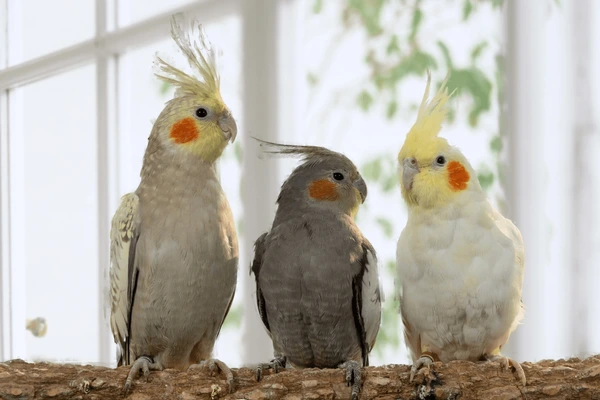When it comes to choosing a trainable and affectionate pet, birds might not be the first species that come to mind. However, many bird enthusiasts are discovering the delightful world of trainable pet birds. In this article, we will explore the English language capabilities of eight of the best trainable pet bird species. These avian companions not only provide endless entertainment but also showcase impressive intelligence and linguistic skills.
Cockatiels: The Whistle Buddies
Cockatiels, known for their distinctive crests and sociable nature, are remarkable when it comes to picking up tunes and phrases. These small parrots are not only capable of mimicking whistles but can also learn spoken words. To train your cockatiel effectively, spend quality time with them, use positive reinforcement, and introduce a variety of sounds gradually.
Budgerigars: Small but Smart
Despite their diminutive size, budgerigars, or budgies, are incredibly intelligent and social birds. Training budgies involves creating a stimulating environment with mirrors, toys, and music. These interactive elements encourage them to learn new sounds and phrases, making them charming companions for those looking to communicate in English (US).
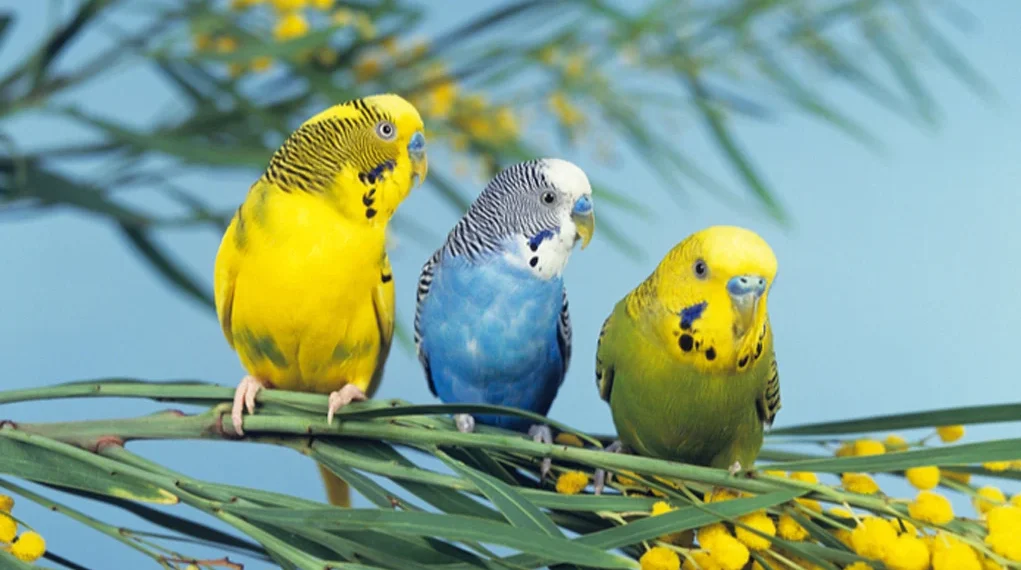
African Grey Parrots: The Einstein of Birds
If you’re seeking a bird with an extraordinary vocabulary, African Grey Parrots should be at the top of your list. Renowned for their cognitive abilities, these parrots can comprehend and use words in context. Advanced training methods, such as using positive reinforcement and interactive play, contribute to unlocking the linguistic potential of African Grey Parrots.
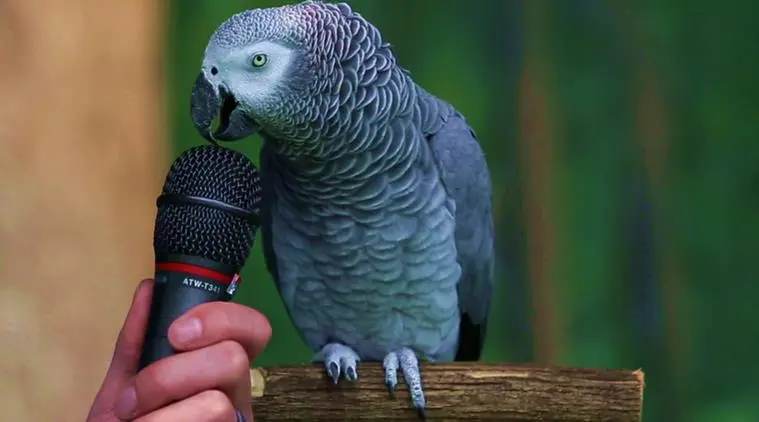
Amazon Parrots: Colorful Companions
Known for their vibrant plumage and outgoing personalities, Amazon Parrots are quick learners in the English (US) language. Social in nature, they thrive on interaction and mental stimulation. Training guidelines for Amazon Parrots include consistent routines, positive reinforcement, and the introduction of new challenges to keep them engaged and articulate.
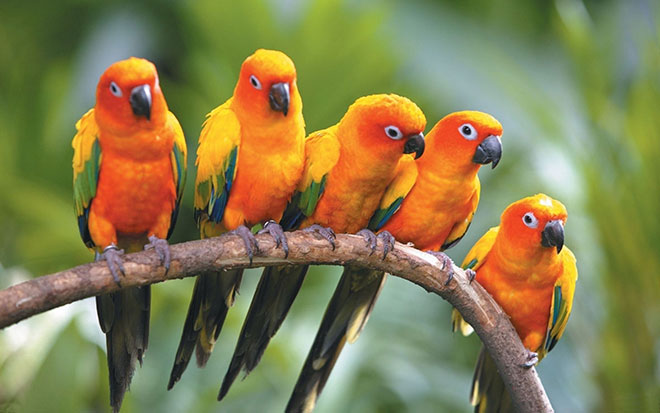
Conures: The Dynamic Daredevils
Conures are the dynamic daredevils of the avian world, combining energy with a sociable demeanor. Positive reinforcement, especially through play, is key to training these birds effectively. Their trainable nature makes them apt at picking up words and phrases, providing English (US) speakers with lively and interactive companions.

Quaker Parrots: Small Parrots with Big Personalities
Quaker Parrots, or Monk Parakeets, may be small, but their personalities are anything but. Known for their quirky behaviors, these birds adapt well to learning phrases and imitating sounds. Training quirks of Quaker Parrots involve incorporating repetition and interactive play to harness their linguistic skills.
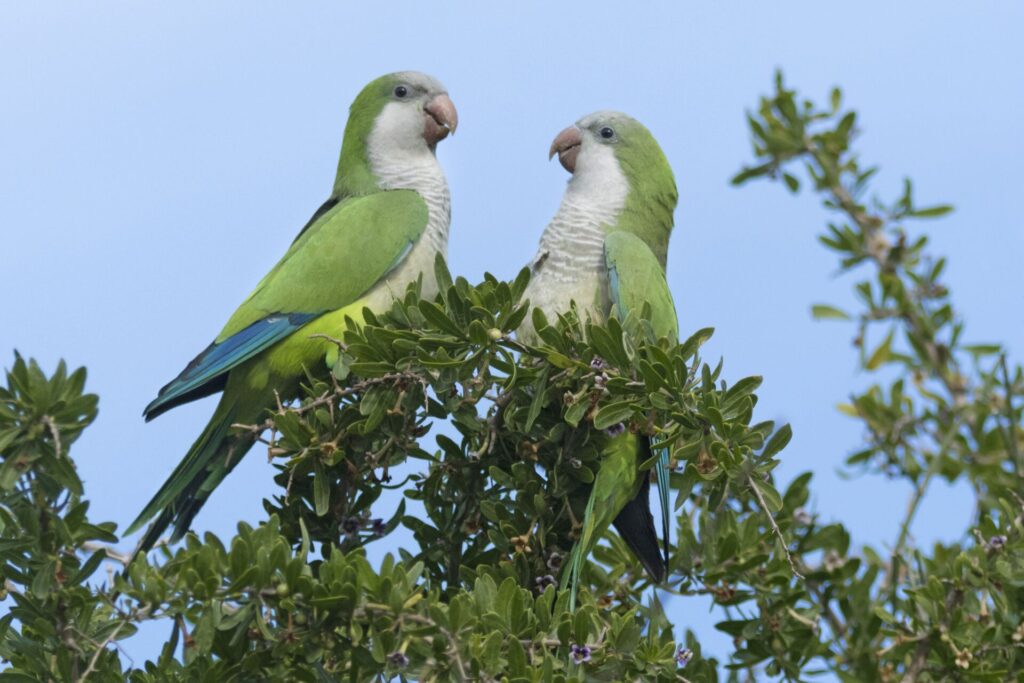
Caiques: The Party Birds
Caiques, often referred to as “party birds,” are characterized by their playful demeanor. Training these birds involves incorporating play into the learning process. Balancing play and training sessions ensures that these lively companions not only entertain but also become proficient in English (US) words and phrases.
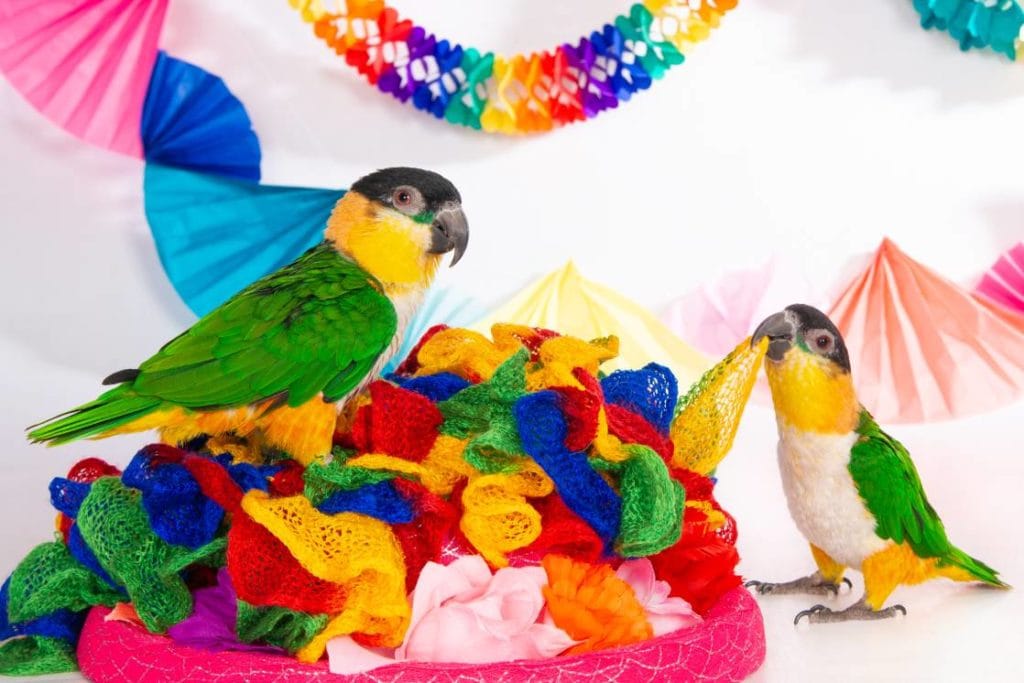
Lovebirds: Affectionate and Clever
Lovebirds, as their name suggests, thrive on forming strong bonds with their owners. Their affectionate nature makes them eager learners. Teaching tricks and commands to lovebirds involves positive reinforcement, patience, and consistent interaction, resulting in loveable and talkative companions.
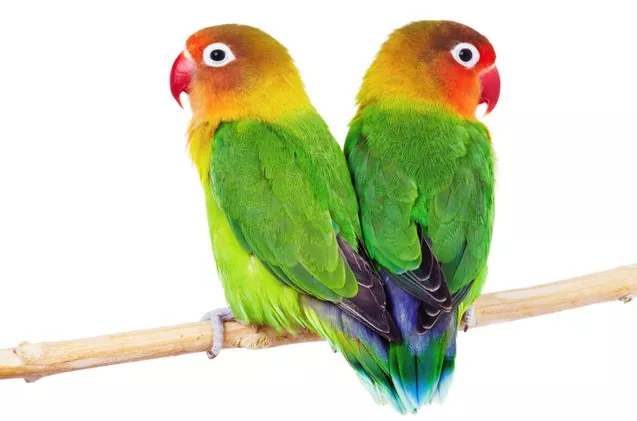
While training your feathered friend, it’s crucial to prioritize safety. Ensure a secure environment, free from potential hazards. Avoid stress during training sessions, and always be attentive to signs of discomfort or resistance. A safe and comfortable setting fosters effective learning for your pet bird.
Common Challenges in Training
Recognizing and overcoming resistance is part of the training journey. Birds may face distractions or exhibit stubborn behavior. Patience and consistency in training routines are essential to navigate these challenges successfully. Overcoming obstacles in training contributes to a strong and communicative bond with your pet bird.
The Role of Diet in Training Success
A well-balanced diet is vital for the overall health and training success of your pet bird. Consider their nutritional needs and incorporate treats as rewards during training sessions. Balancing training and diet ensures that your feathered companion is not only linguistically skilled but also physically healthy.
Building a Strong Bond
Establishing a strong bond with your pet bird goes beyond training. It involves building trust and effective communication. Spend quality time with your bird, engage in interactive play, and strengthen the owner-pet relationship. A strong bond enhances the learning experience and fosters a harmonious connection.
FAQs: Frequently Asked Questions
- Can any bird species be trained to speak English (US)?
- While most parrot species have the capability to mimic words, individual aptitude varies.
- How long does it take to train a pet bird to speak proficiently?
- The training duration depends on the species, age, and consistency of training. Some birds may learn quickly, while others may take more time.
- Are there specific words or phrases that are easier for birds to learn?
- Birds often find words with repetitive sounds or simple syllables easier to learn.
- Can older birds be trained to speak, or is it more effective with younger ones?
- While younger birds may be more receptive, older birds can still learn with patience and consistent training.
- What should I do if my bird shows signs of stress during training?
- Immediately cease the training session, identify stressors, and create a more comfortable and relaxed environment for your bird.
Conclusion
In conclusion, selecting a trainable pet bird can bring joy, companionship, and linguistic flair into your life. The English (US) language capabilities of these eight best trainable pet bird species offer bird enthusiasts the opportunity to communicate with their feathered companions in a unique and engaging way. Through positive reinforcement, interactive play, and a commitment to building a strong bond, you can unlock the linguistic potential of these intelligent and affectionate avian friends.



